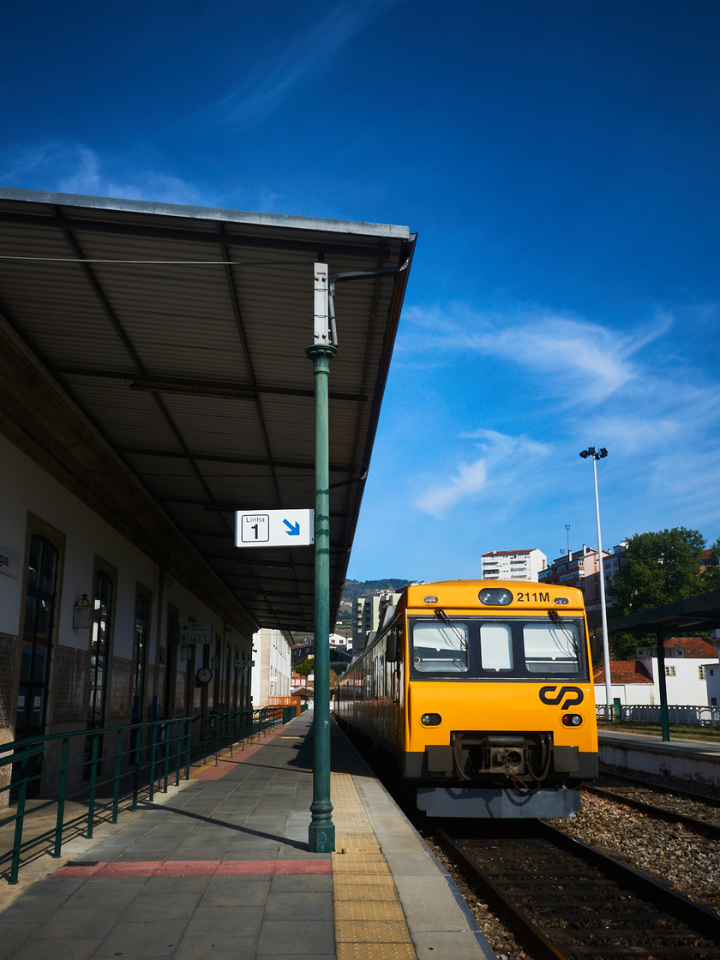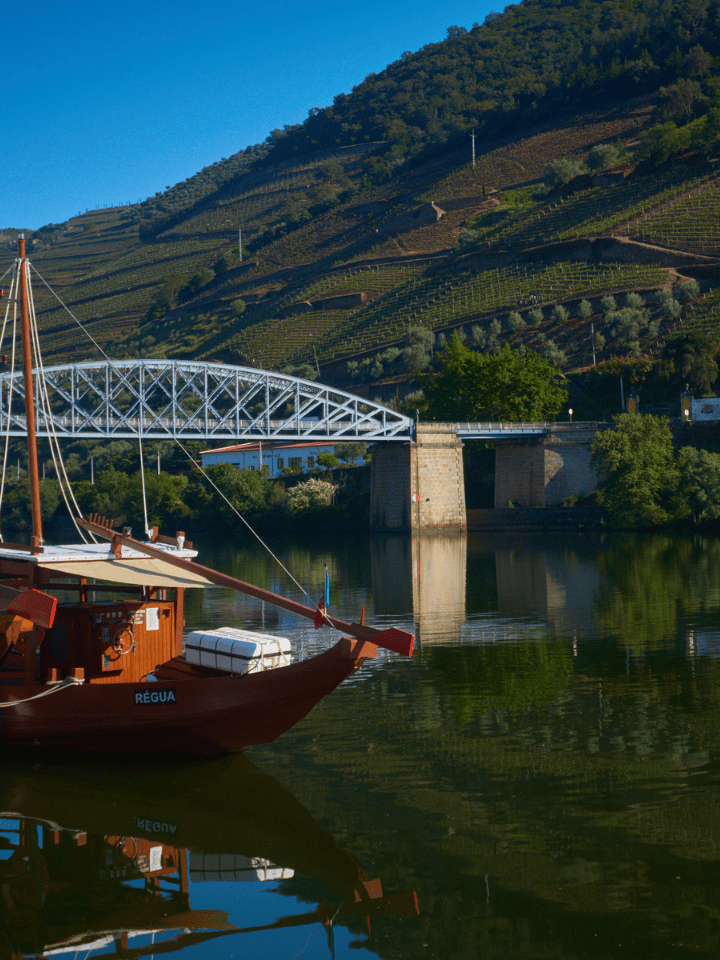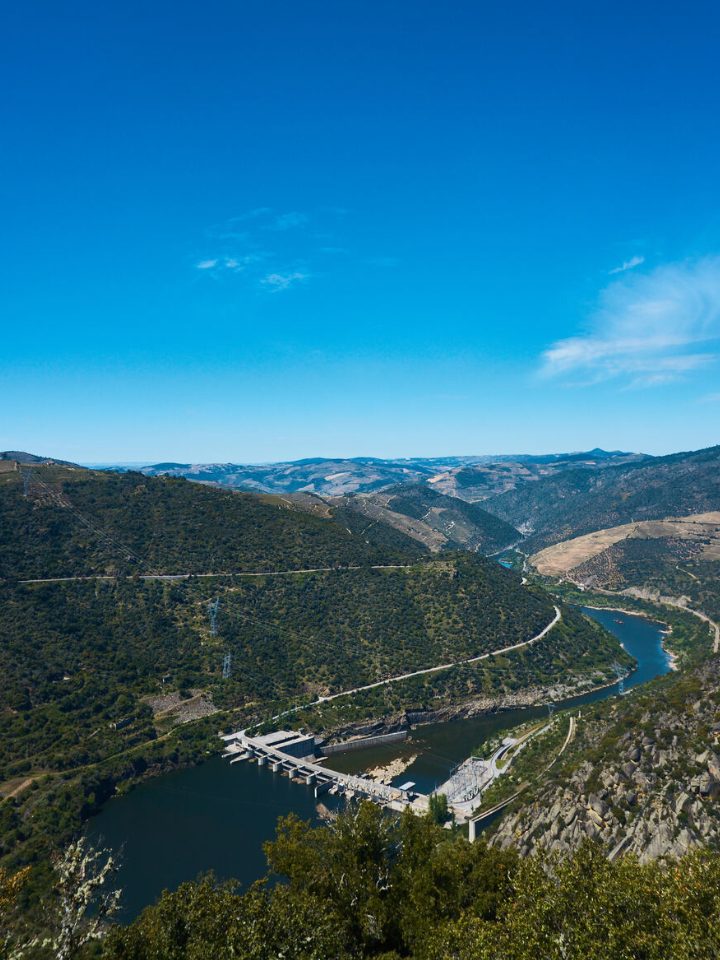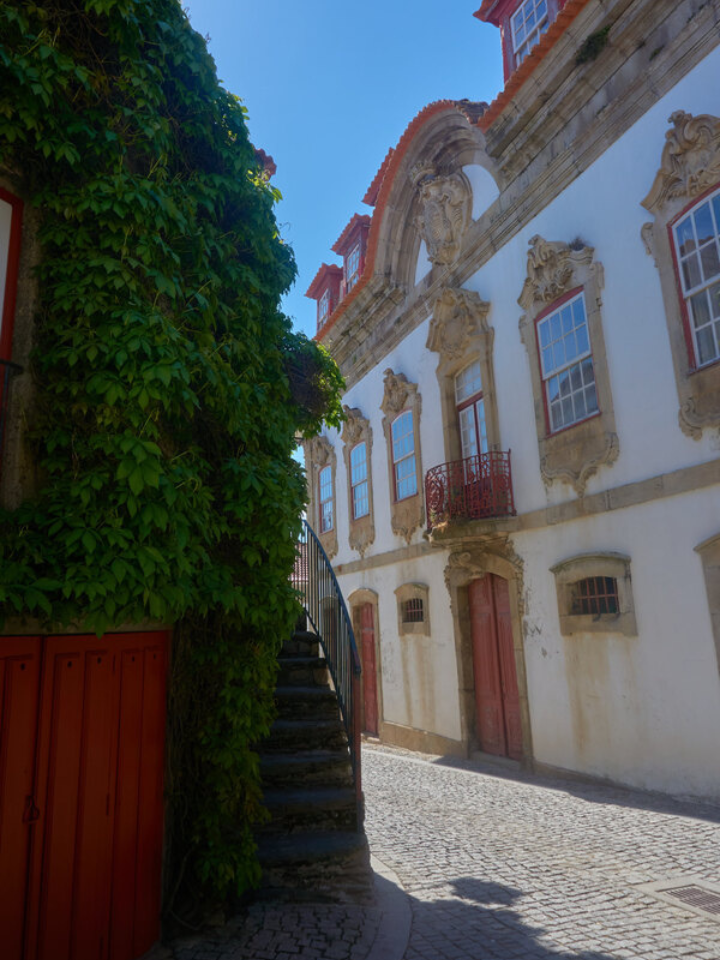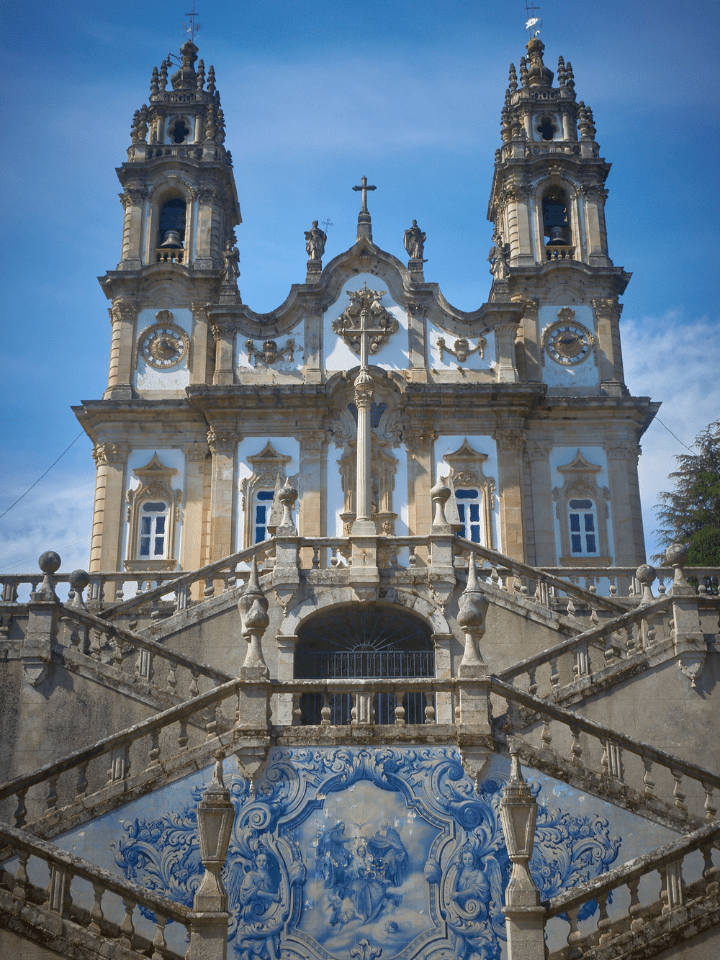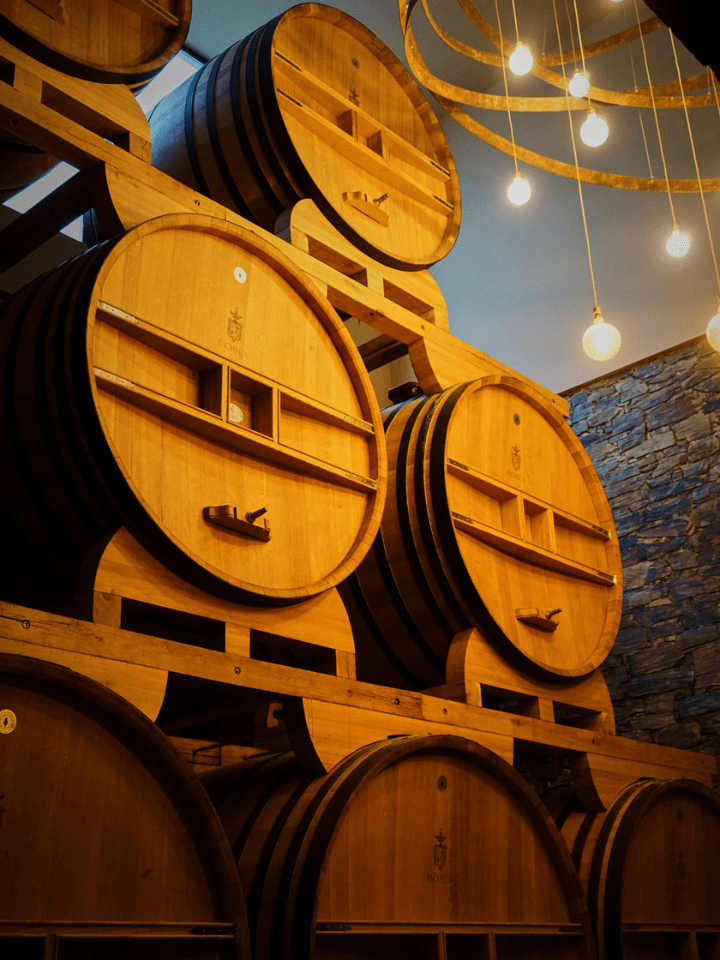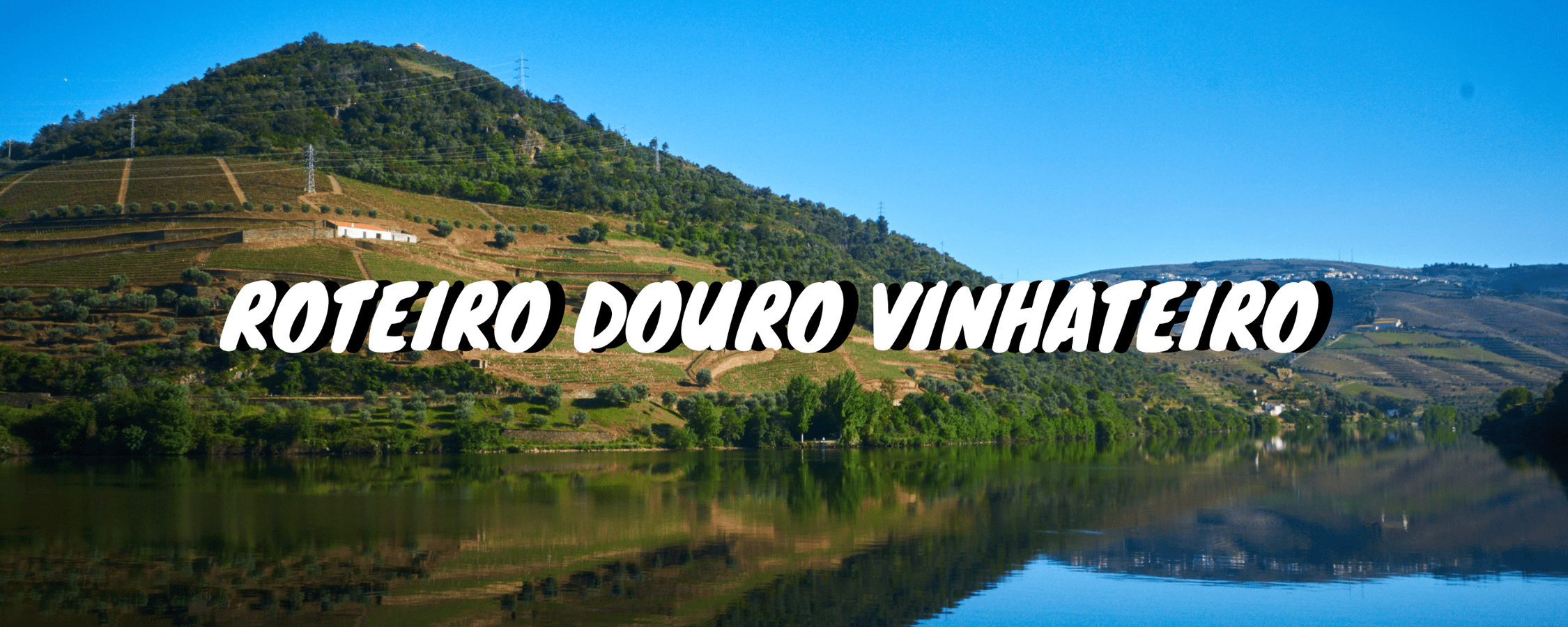
In our opinion, the Douro Wine Region is one of the most scenically rich areas in the country. Not only because of the presence of the Douro River, but also because of its many dams, its rich wildlife and, of course, the famous vineyards that characterize this region so well.
Having said that, and given that the area is extensive, this itinerary aims to show you the points that we consider to be the most important (in no particular order).
Peso da Régua
Perhaps one of the best-known areas of the Douro Wine Region, Peso da Régua is famous mainly for its wine tourism.
In this area we always like to highlight its three large side-by-side bridges (the freeway bridge, the car access bridge and our favorite - the pedestrian bridge).
For those who want to enjoy a nice sunny day, we always recommend the riverside promenade and the Ecopista ribeirinha, with views over the river, the vineyards and the terraces. This is also the location of the Douro Museum, which focuses on wine-growing culture.
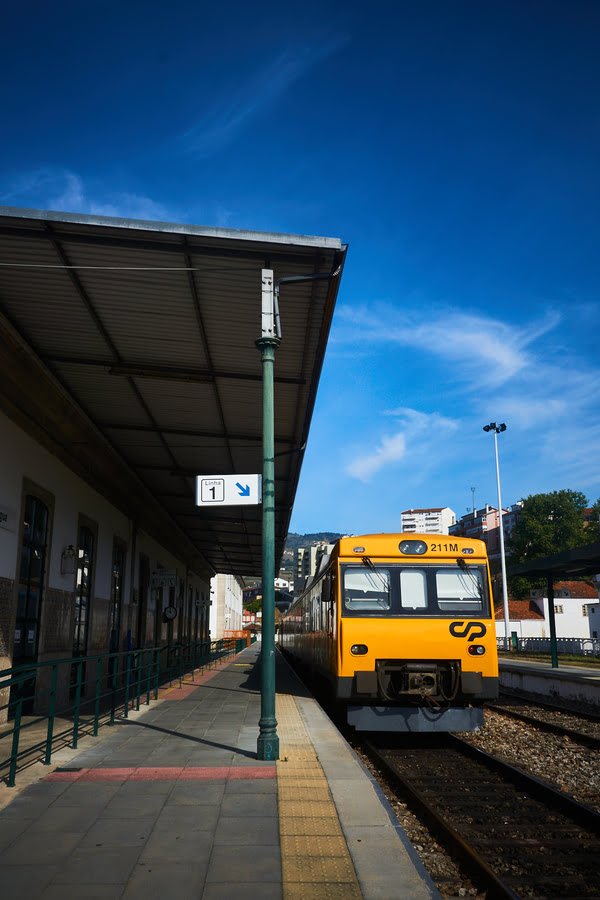
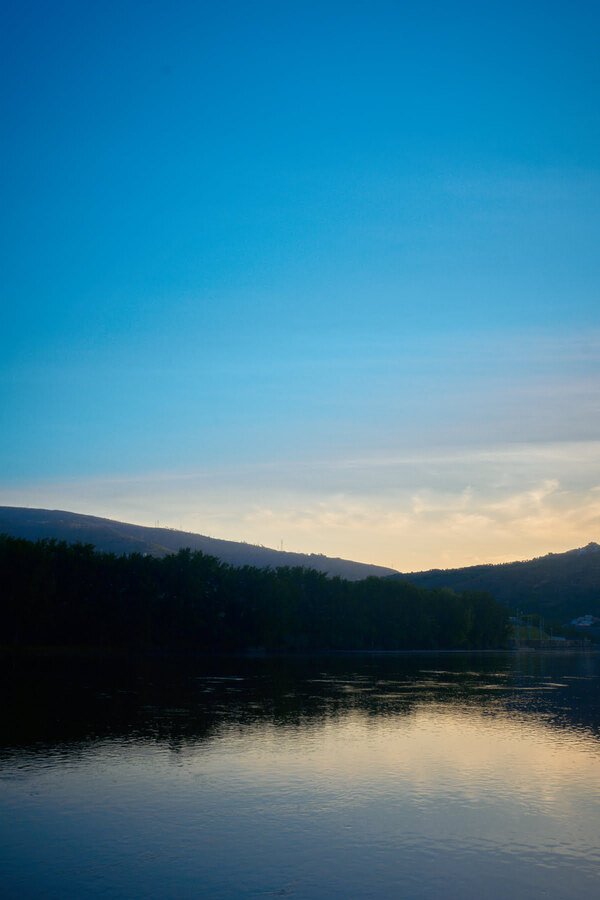
Pinhão
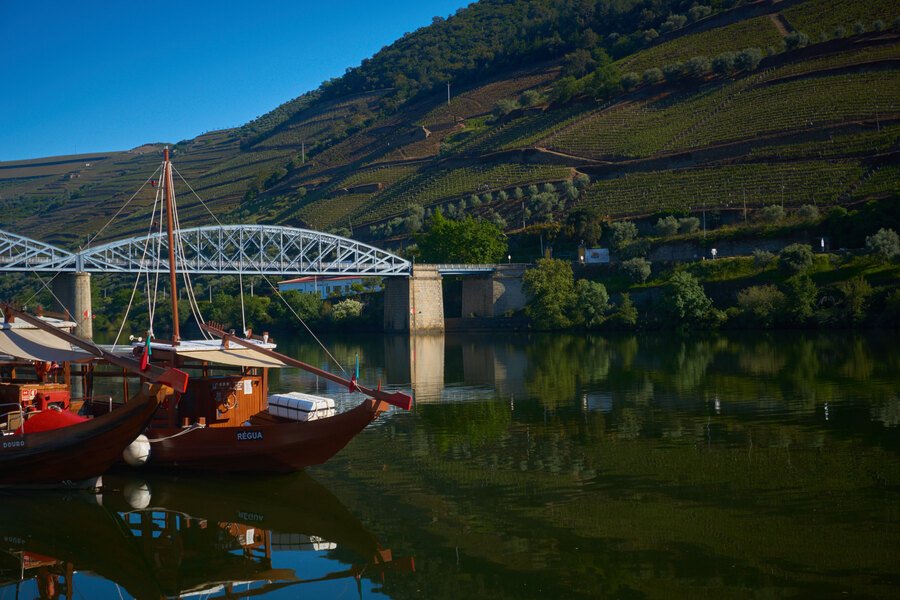
One of the best-known places in the Douro Wine Region, Pinhão is linked to Peso da Régua by the EN 222, considered the most beautiful road in Portugal. In addition, they are linked by the Douro Historical Train, which starts in Peso da Régua and stops in Pinhão.
Pinhão itself is a small town, but there are a few places worth visiting. Among them is the Iron Train Station, decorated with a series of panels depicting the grape harvest.
Continuing along the riverside promenade, we arrive at Pinhão Quay. A place with a breathtaking view of the river and its rabelo boats. Here you can start various boat trips on the river - you name it!
São Xisto, São João da Pesqueira and São Salvador do Mundo Viewpoint
For us, one of the must-see places is the quiet little village of São Xisto, located in São João da Pesqueira.
Despite being a small village, which can be seen in about an hour, it has some of our favorite landscapes, where the houses seem to merge with the landscape.
In addition, it is next to this village that you will find the Ferradosa Railway Bridge, a bridge over the River Douro that you can visit on foot.
Heading towards São João da Pesqueira, known for its atrium in the Praça da República and the old Jewish quarter, a short detour allows you to visit the São Salvador do Mundo viewpoint.
This is considered by many to be one of the most beautiful viewpoints in Portugal - and we have to agree. However, it takes a bit of effort to get here, through the large group of chapels that lead to the top of the viewpoint, where you finally get the view you've been waiting for: the dam on the River Douro.
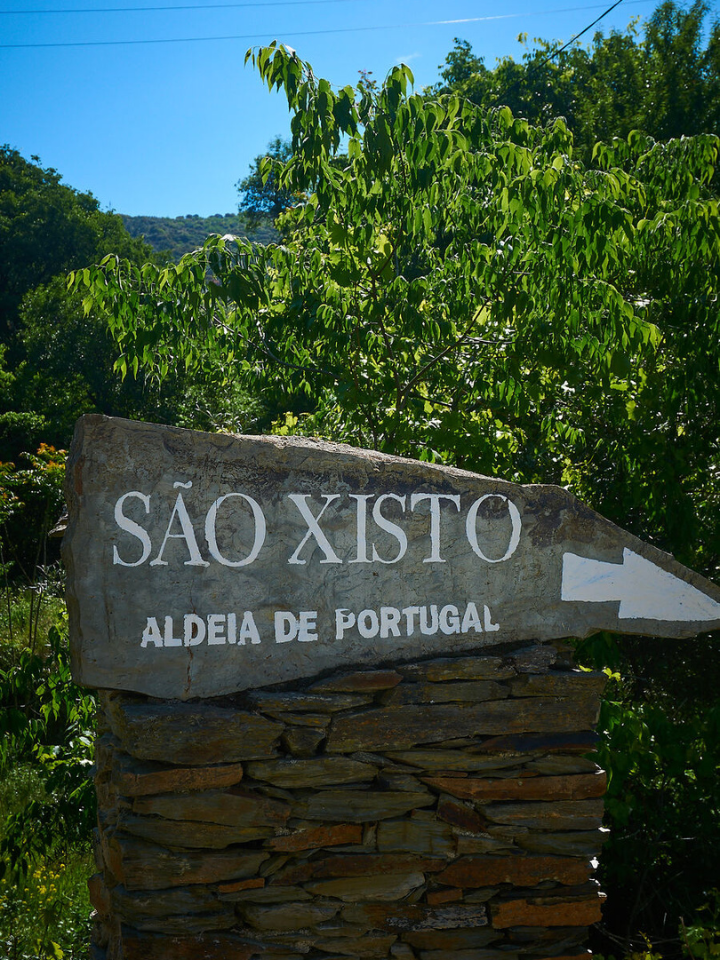
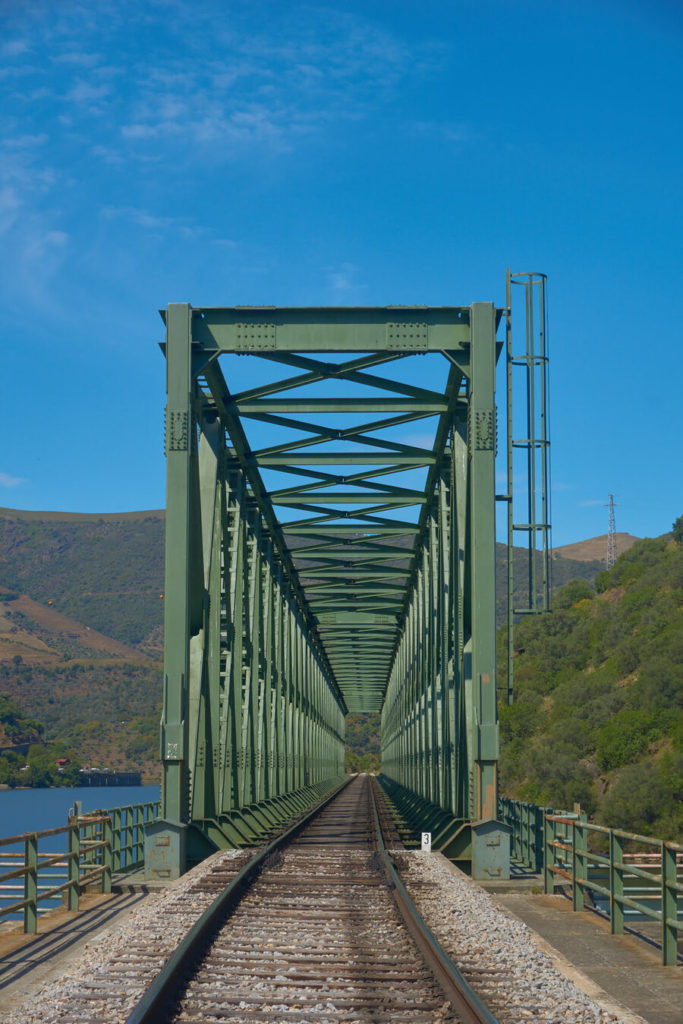
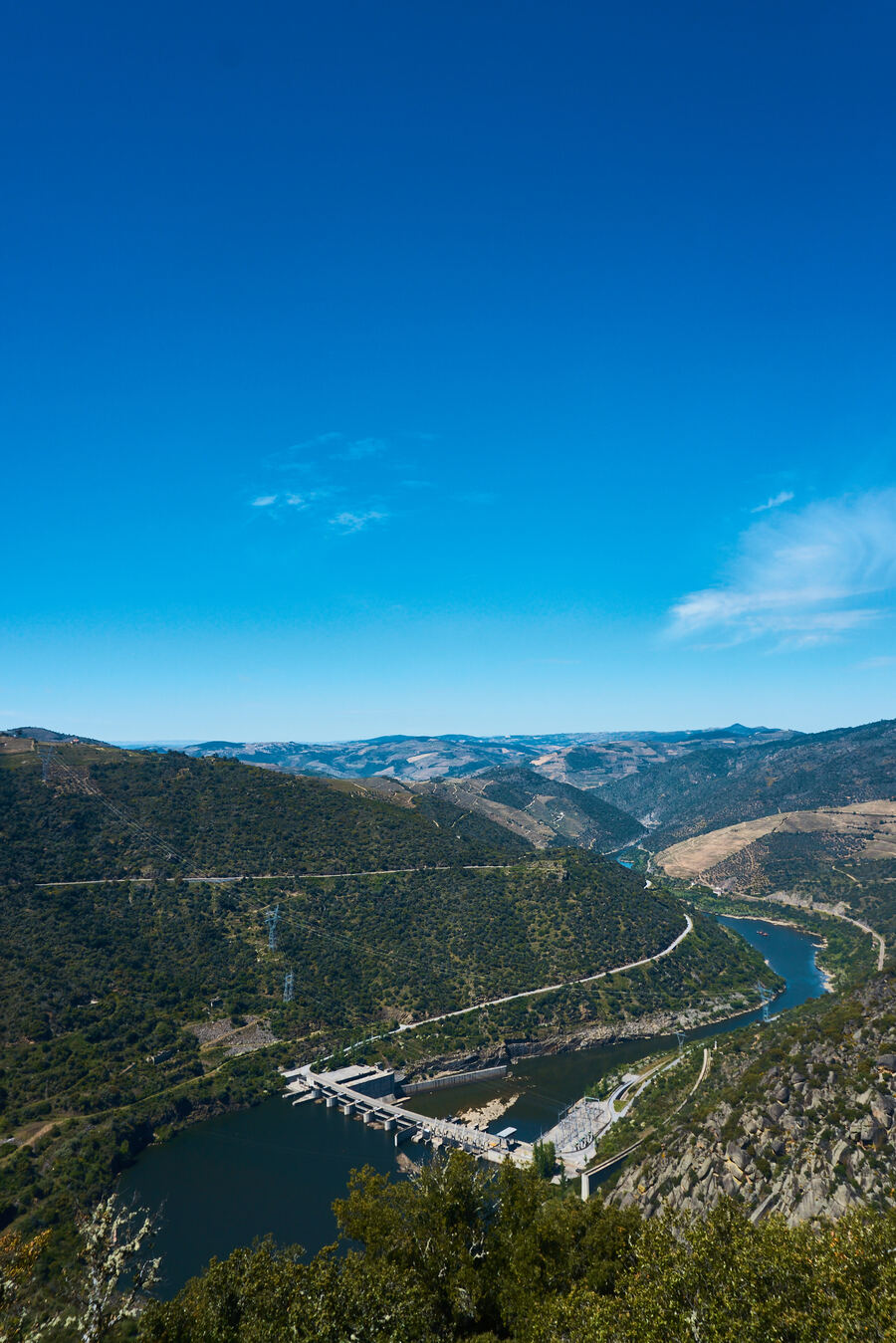
Provesende
When we talk about the Douro Wine Region, we always think of grand manor houses and emblazoned estates. And that's exactly what we find in Provesende.
For such a small village, it's surprising how many manor houses and emblazoned houses we find here - eleven in total. Some are in good condition, others are in ruins, but all of them are full of stories.
We recommend a stop in this village, exploring the streets on foot and trying to identify the emblazoned houses.
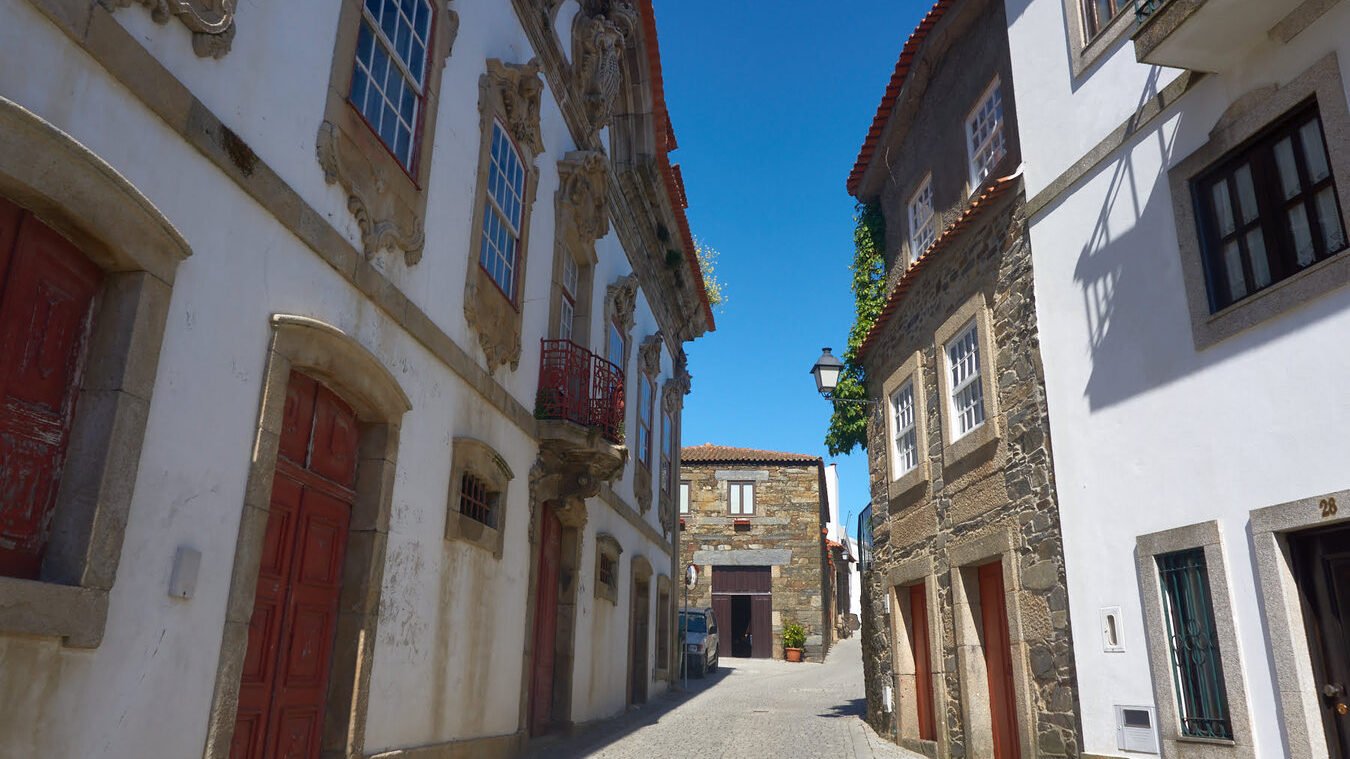
Salzedas e Ucanha
A little different from the previous ones, also because they are further away from the River Douro and consequently less connected to wine production, are the two neighboring villages of Salzedas and Ucanha.
Starting with Salzedas, it stands out for two main reasons: an old Jewish quarter and the imposing Monastery of Santa Maria de Salzedas.
Although the Monastery is well worth a visit, at the time of our visit (2021) it was somewhat abandoned, so take this into account when visiting.
Ligadas por uma calçada romana, que ainda é possível visualizar parte, chegamos a Ucanha, uma pequena aldeia conhecida pela torre e ponte medieval, anteriormente utilizadas para se cobrar um imposto de passagem a quem queria entrar no couto de Salzedas.
This village also has an incredible river beach which, despite the cold water, is an excellent place to have a snack and was being renovated and expanded at the time of our visit.
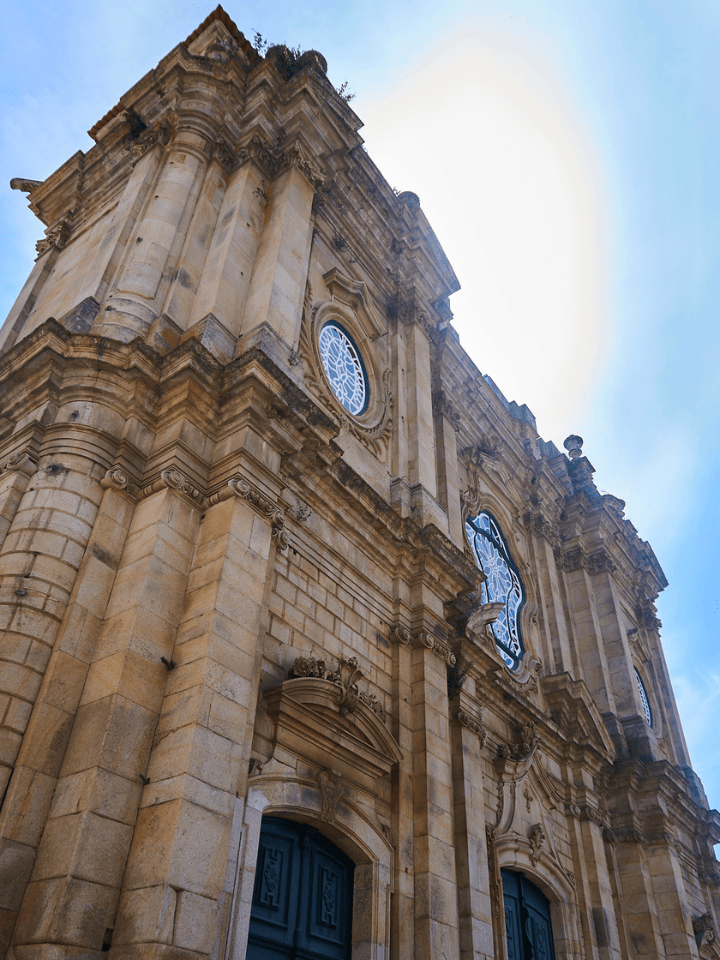
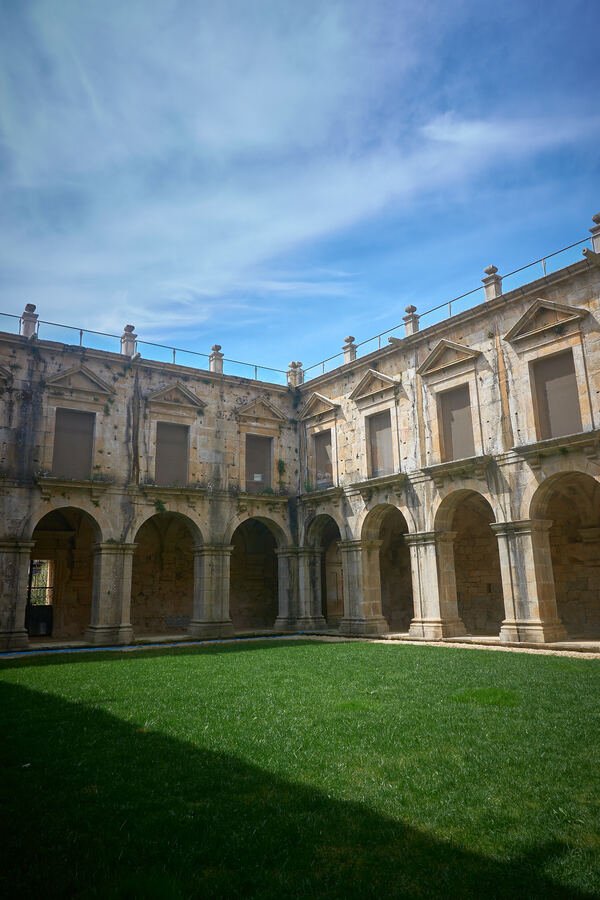
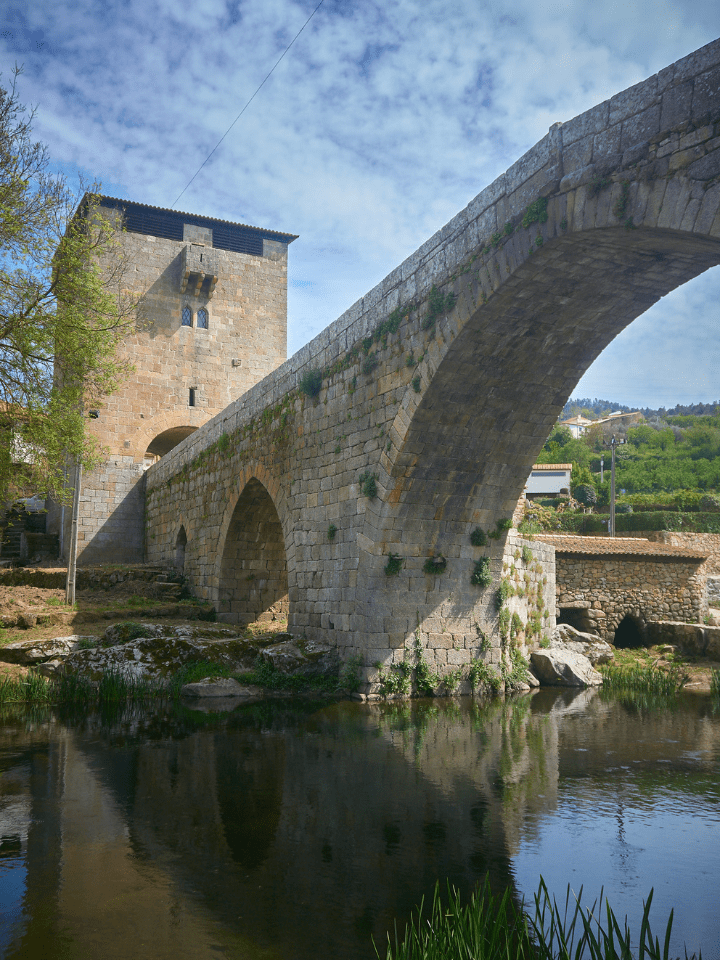
Outras Aldeias do Douro Vinhateiro
In addition to the villages mentioned above, there are others that we didn't have time to explore.
Among them is Favaios, known for its Moscatel wine and bread production (its second largest economic activity). As well as possible visits to the companies that produce this type of wine, this village is also full of historic buildings: the surviving walls of an ancient Roman castle, a diverse religious heritage and several emblazoned houses and manor houses.
Another notable village is Barcos, known for its picturesque streets and landscape and its grand church.
Further away from the Douro Demarcated Region, but still in what is considered the Douro sub-region, Penedono is perhaps one of the villages we recommend the most in Portugal. The whole village, although small, seems to stand still in time, shrouded in the mystery of medieval times.
In addition, if you want to get to know other villages in the region, we recommend looking for the Douro Passport project (map here) which seeks to promote the region through a "passport" with almost obligatory stops in the region.
Lamego and the Sanctuary of Our Lady of Remedies
The Sanctuary of Nossa Senhora dos Remédios is another feature of the Douro region which, although further away, is a must for those who appreciate religious and architectural heritage.
As well as being a majestic shrine, it is located at the top of an imposing staircase with 686 steps. There are several fountains, tile panels, statues and a large park full of little details.
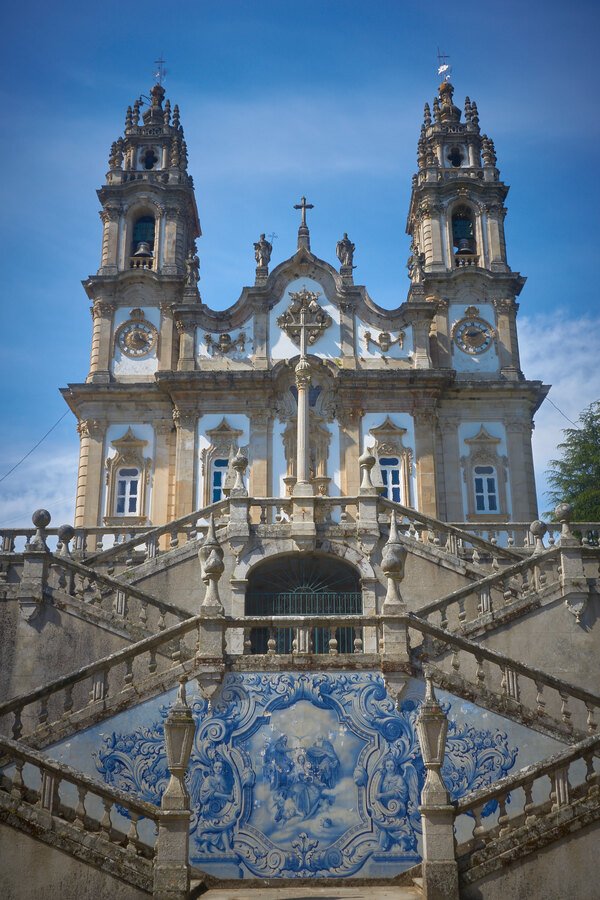
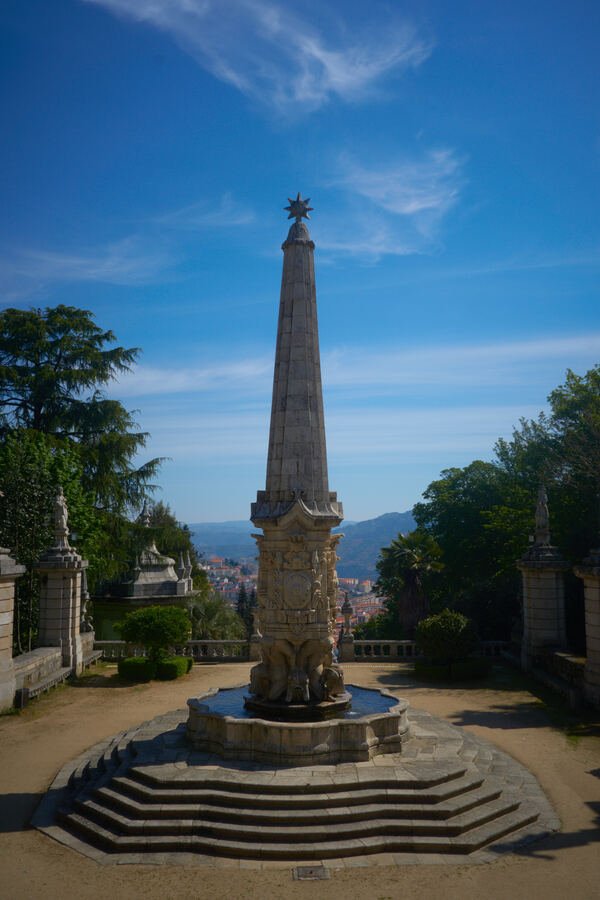
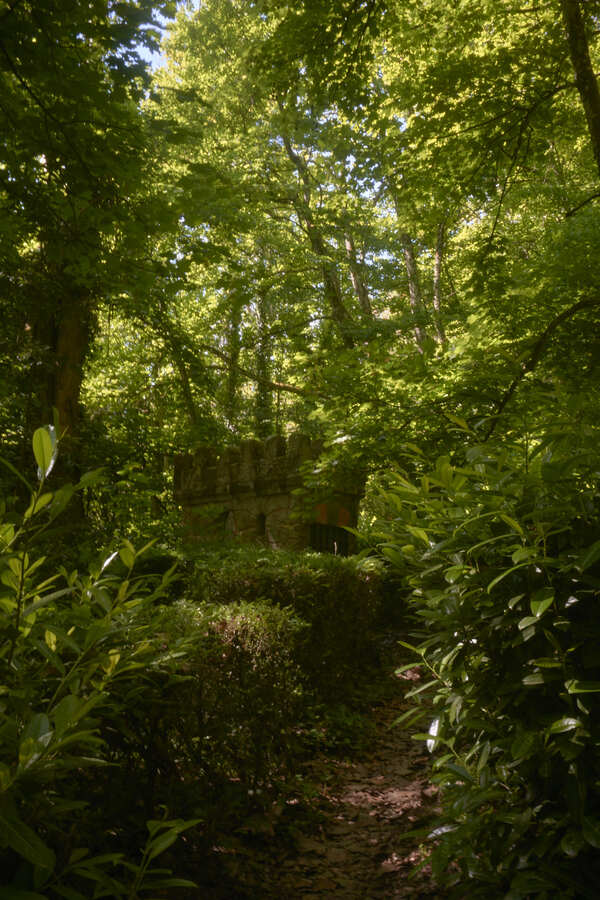
Visit to the Wine Farms
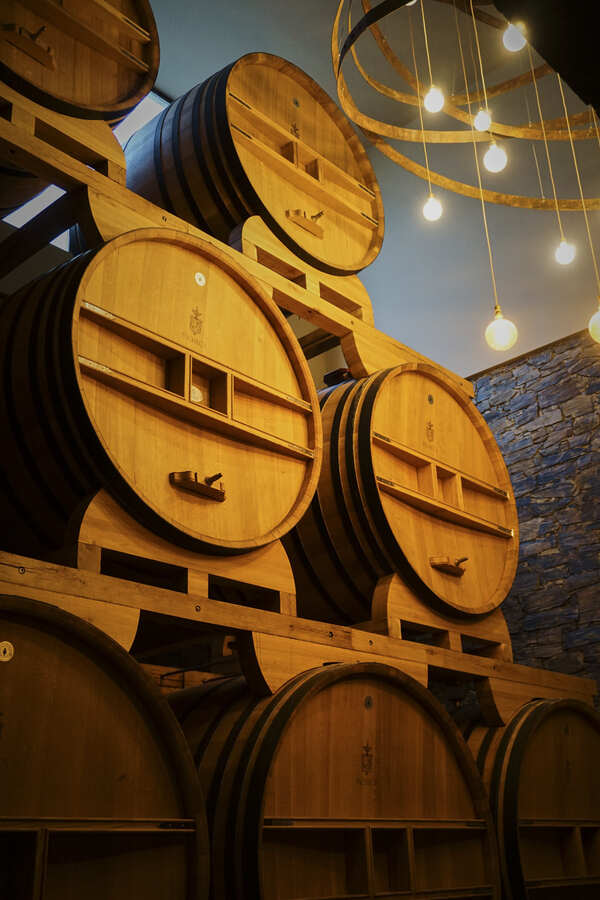
Visiting the Douro Wine Region is synonymous with having a wine tourism experience, even for those who, like me, are not connoisseurs of this type of drink.
And for connoisseurs, this region is a real dream, where you can visit different types of cellars, see different wine productions and, of course, learn about the history of some of your favorite brands.
Some examples of quintas in this region are Quinta do Vallado, Quinta de São Domingos, Quinta do Bonfim, the various quintas behind Sandeman wine and Quinta da Pacheca.
In our case, we chose to visit Quinta da Pacheca on a guided tour that lasted about an hour and ended with a tasting of four of their wines.
In addition to the places mentioned above, there are many other places to explore in the Douro Demarcated Region, many of them highlighted by the aforementioned Douro Passport.
At the same time, the information provided here about each of the sites is summarized, so you can find out more about each place here, on Rota do Amanhã!
more to see
dos locais anteriormente apresentados
